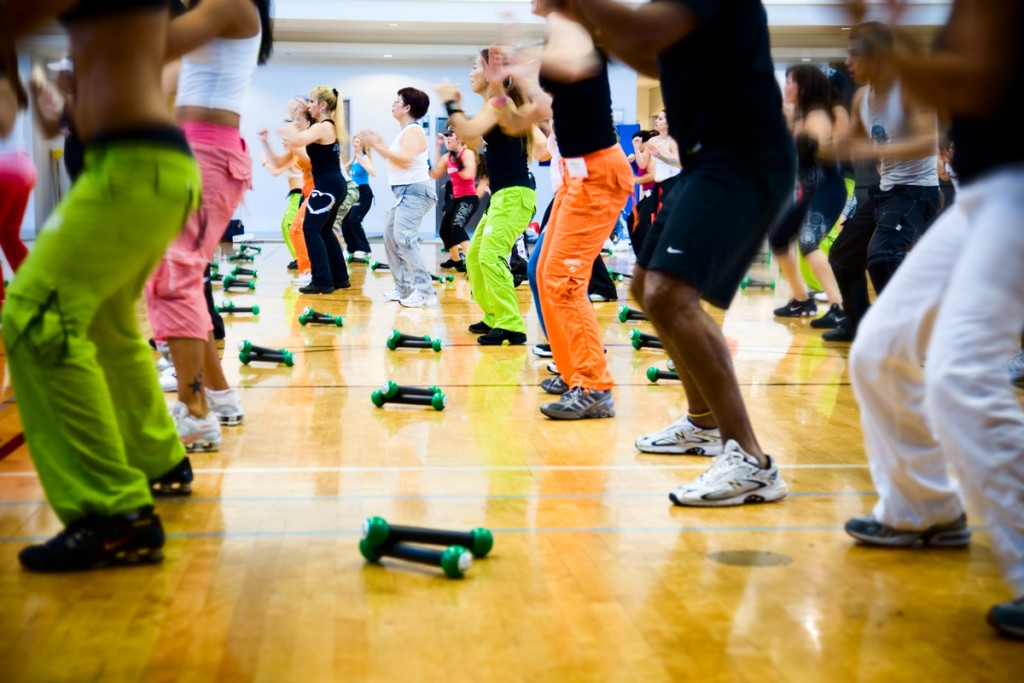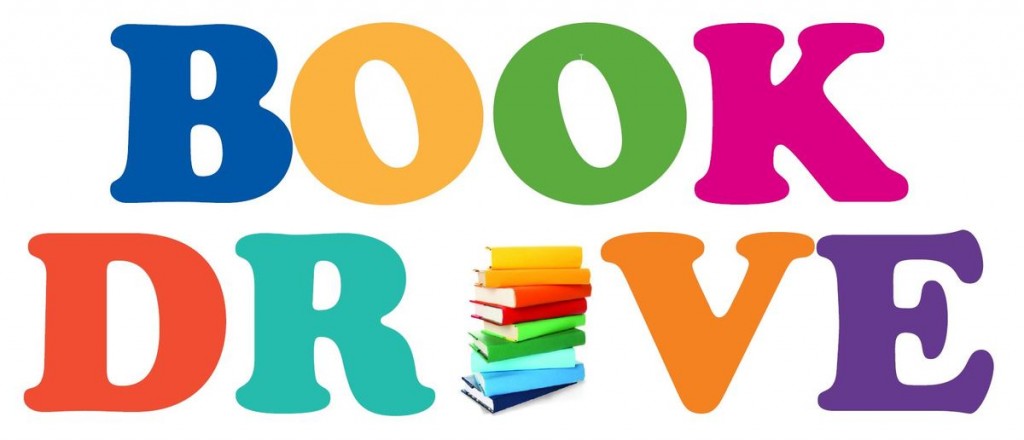
Seafair, Seattle’s summer celebration is celebrating its 65th anniversary! Seafair is 8 weeks long, includes 75 events and reaches nearly 2 million people. Orthopedic Specialists of Seattle (OSS) will be on-site at the triathlon and torchlight run, and will be the presenting sponsor of our photo opportunities throughout the festival.
Signature Events include:
Seafair Festival Kick Off
Sunday, June 15
Location TBD | Time TBD
Rock ‘n’ Roll Seattle Marathon & 1/2 Marathon – A Seafair Signature Event
Saturday, June 21 | Seattle Center | 7 a.m
Seafair Pirates Landing
Saturday, June 28 | Alki Beach | 9 a.m. – 3 p.m.
Seafair Summer Fourth
Friday, July 4 | Gas Works Park & South Lake Union Park | 12 p.m. – 12 a.m.
Group Health Seafair Battle for the Paddle featuring the PCC Natural Markets Seafair Milk Carton Derby & ZICO Seafair Stand Up Paddleboarding Competition
Saturday, July 12 | Green Lake | 10 a.m. – 3 p.m.
Also featuring the Seafair Stand Up Paddleboarding Competition and the Seafair Battle for the Paddle
Seafair Triathlon & Kids Seafair Triathlon
Sunday, July 20 | Seward Park | 6:30 a.m.
OSS will be onsite!
MISS SEAFAIR SCHOLARSHIP PROGRAM FOR WOMEN CORONATON
Thursday, July 24 | Seattle Repertory Theatre | 7 p.m.
SEAFAIR TORCHLIGHT NIGHT FEATURING…
Saturday, July 26 | Downtown Seattle | 2 p.m. to 10 p.m.
Seattle Center Seafair Torchlight FanFest
Seattle Center | 2 p.m. to 6 p.m. | Seattle Center
Michelob ULTRA Seafair Torchlight Run
Seattle Center/Downtown Seattle | 6:30 p.m.
Alaska Airlines Seafair Torchlight Parade
Downtown Seattle/4th Avenue | 7:30 p.m.
OSS will be onsite!
SEAFAIR FLEET WEEK & BOEING MARITIME CELEBRATION FEATURING…
Parade of Ships
Wednesday, July 30 | Pier 62/63 | 1:45 p.m.
Ship Tours
Thursday, July 31 – Saturday, August 2 | Pier 66 and Other Locations TBA | 9:30 a.m. – 3:30 p.m.
Sunday, August 3 | Pier 66 and Other Locations TBA | 12:30 p.m. – 3:30 p.m.
SEAFAIR WEEKEND FEATURING…
August 1 – 3 | Genesee Park on Lake Washington | Fri. – Sat. 8:30 a.m. – 6 p.m., Sun. 7:30 a.m. – 6 p.m.
Albert Lee Appliance Seafair Cup – H1 Unlimited Hydroplane Racing, Boeing Seafair Air Show featuring the U.S. Navy Blue Angels, Graham Trucking Seafair Cup – F1 Prop Tunnel Boat Racing, Seafair Vintage Hydroplane Exhibition, Hyperlite Wakeboard Experience, Seafair Saturday Night Concert featuring Fireworks Show, Live Music & Entertainment, Interactive Exhibits & Booths, Food Court & Beer Gardens
OSS is excited to be part of the summer celebration and hope that you will come out and enjoy the festivities!

 Created in the late 1990s in Colombia by the fitness instructor Alberto Perez, Zumba is a high-energy aerobic workout based on dance steps borrowed from merengue, salsa and other dances.
Created in the late 1990s in Colombia by the fitness instructor Alberto Perez, Zumba is a high-energy aerobic workout based on dance steps borrowed from merengue, salsa and other dances. 
